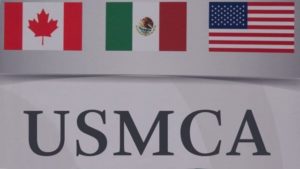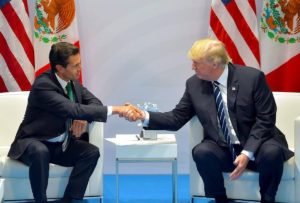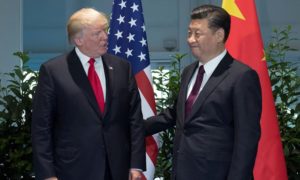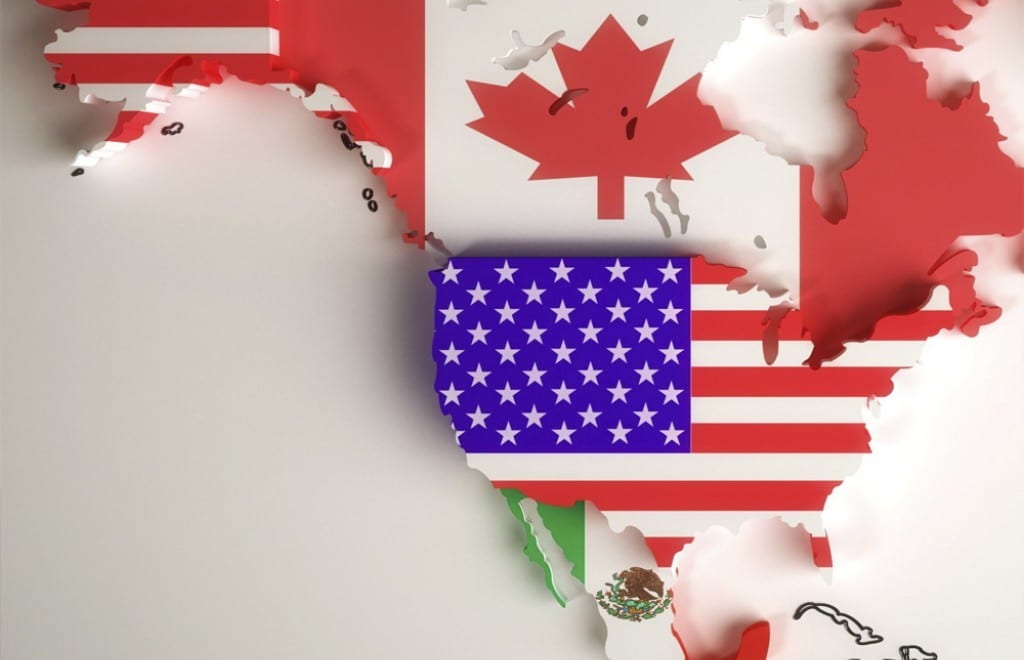The North American Free Trade Agreement (NAFTA) between Canada, the United States and Mexico was signed in 1992. However, with the coming to power of President Donald Trump, the White House demanded to reconsider its conditions, because, according to Washington, the United States suffers heavy losses because of them. The NAFTA crisis has become one of the most discussed topics of the regional dimension in the last 2 years. What did the former partners manage to agree on? How do the parties intend to get out of this situation?
The North American Free Trade Area (NAFTA) is a free trade agreement between Canada, the United States and Mexico, based on the European Community (European Union) model. During the 90s – early 2000s. The NAFTA was the world’s largest regional free trade zone, with a total population of 406 million people and a combined gross product of $ 10.3 trillion. The North American Free Trade Area contained a whole range of agreements that extend beyond the trade to the sphere of services and investments. It is worth noting that the NAFTA united industrialized countries (the USA and Canada) and a developing country (Mexico). The main purpose of this Agreement was the removal of barriers to trade in goods between the participating countries. Half of the barrier restrictions were lifted immediately at the time of signing, and the rest of them were removed gradually over 14 years. The NAFTA was an extended version of the 1989 trade agreement between Canada and the United States.
However, with the coming to power in the US of the new leader Donald Trump, more and more often the leadership of the White House began to criticize the North American Free Trade Area. The government of the “superpower” emphasized that only the other two parties to the treaty (Mexico and Canada) took all the advantages, and the United States suffered irreparable losses. In 2017, Trump spoke of an urgent review of the conditions of the NAFTA, in which the United States is included in the agreement, while allowing the possibility of exit from it.
In March of this year, the United States began to introduce duties on imports of steel (25%) and aluminum (10%), in turn, providing a few countries a deferment. Since June 1, restrictive measures have already entered into force with respect to the EU countries, Canada and Mexico, the closest economic partners of the United States. From the very beginning, the EU called such a decision by the United States contradictory to any logic and historical experience, and a month later they responded with the introduction of 25% duties on American food, whiskey, tobacco, motorcycles and other products totaling 2.8 billion euros (3.3 billion dollars).
Then Trump began to threaten to launch a second wave of imposition of duties, but on July 25, at the talks in Washington, representatives of the US and the EU agreed to soften their positions on trade issues.
The answer from the former partners of the NAFTA did not take long. On September 30, the United States, Canada and Mexico reached an agreement on a new trade agreement, putting an end to negotiations that lasted more than a year. Washington and Mexico City have already agreed in advance on the revision of conditions. Then Trump, in his televised address, stated that the parties had agreed on an “incredible” deal that would be significantly fairer than the NAFTA agreement.
And on October 2, the United States and Canada agreed to renegotiate the North American Free Trade Area. Canada at the last moment agreed to provide 3.5% of its dairy market to American farmers. In turn, the United States conceded the issue of resolving trade disputes in a special arbitration court. At the same time, Ottawa was able to provide some measures to protect its automotive industry. Thus, this means that the new bargain will be again tripartite.
The upgraded trade agreement will be called “USMCA” – The United States – Mexico – Canada Agreement. According to the joint statement of the participating countries, thanks to it, the partner markets will become freer, trade will be fairer, and economic growth will be more stable.
It is expected that the new agreement will be signed on November 29 in Buenos Aires, the capital of Argentina, where the Prime Minister of Canada Justin Trudeau and the leaders of the United States and Mexico – Donald Trump and Enrique Peña Nieto (who will leave the presidency only on December 1), respectively – will arrive to attend the G20 summit. After that, it will be submitted for approval to the US Congress. The Senate of Mexico and the Parliament of Canada also intend to study the agreement. Then, as expected, the new format of the trade agreement will come into force in the second half of 2019.
A joint statement by Canadian Foreign Minister Chrystia Freeland and the US Trade Representative in this country Robert Lightheiser, said the new agreement would strengthen the middle class and create more decent, high-paying jobs and new opportunities for nearly half a billion people who call North America as their home. On October 2, Donald Trump, in his Twitter account, noted that “Mexico and Canada will be wonderful partners of the US in Trade (and more) long time into the future”.
All the terms of the new agreement between Washington, Mexico and Ottawa are currently not disclosed. However, world economists are arguing more and more often whether the US will accept the new format of a trade transaction? Will there still be a tripartite agreement?
In the meantime, it is worth noting that in parallel, Donald Trump is leading a large-scale trade war with China. In July, Washington imposed a 25% duty on goods from China for a total of $ 34 billion, and in August – another $ 16 billion. Beijing immediately responded with similar measures on the same day.
From September 24, the United States introduced its “third package” of duties on imports from China for this year. New duties in the amount of 10% were imposed on Chinese goods worth about $ 200 billion. At the same time, Trump warned that if China wants to respond, the US will “impose” imports from China on duties of $ 267 billion dollars, thus on all Chinese imports to the United States.
Donald Trump continues to unleash new hotbeds of trade wars on a planetary scale. However, many economic and political analysts agree that the White House will not be able to abandon the “tasty” new trade agreement between the United States, Canada and Mexico. Meanwhile, the countries of the region seemed to stand still waiting for the G20 summit, because this time many leaders pin high hopes on it.


